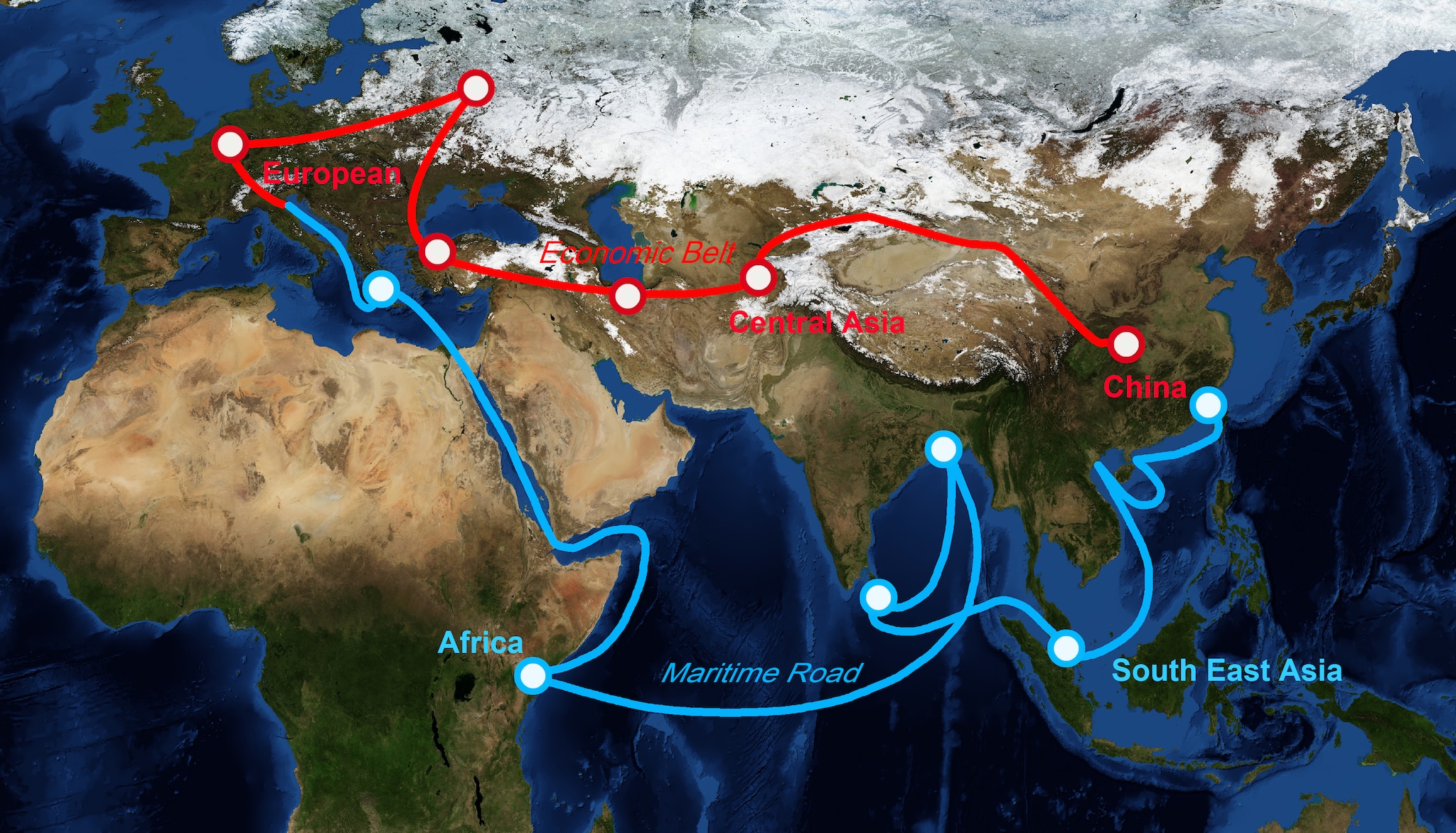
While most of us have heard of the ancient slick root, unfortunately very few of us would know about its history and its modern significance. The term silk root is first introduced in schools to children in their history lessons. The famous Silk Route in both NCERT and ICSE books is first taught in class 6. The concept is later elaborated on in class 9 books. In this week’s classes with News18, we’ll be talking all about the Silk Road to its age-old and modern-day relevance.
What is the Silk Route and why is it called the Silk Route?
About 5,000 years ago, silk was first invented in China, but the methods of its manufacture were kept secret for many years. However, some Chinese merchants began to take silk with them during their world travels, and silk grew in popularity. Due to its fine texture, everyone was attracted towards it and soon wearing silk became a fashion.
When the rulers and rich people around the world came to know about silk, they also demanded it and only then the silk trade started. Hence, the ancient route through which traders carried silk with them came to be known as the Silk Road. Trade only expanded over the years and reached Rome from China. The Silk Route became so vast that it is more accurate to speak of the Silk Road in the plural rather than in the singular. The network extends from East Asia to parts of Europe and Africa, covering almost half the globe.
Now, as people found a way to travel around the world and trade in silk as well as other materials such as ivory, tea, spices, fabrics such as wool and cotton, and precious metals began to be traded.
How difficult was the way?
The Silk Road began in many parts of eastern China. They expanded south into the Pacific and Indian Oceans and included several major maritime trade routes. India and Ethiopia, among other places. overland, roads that now run through Mongolia, Tibet, Afghanistan, Iraq, Turkey and Italy; Several other countries were important stops along the Silk Road. In total, the Silk Road covered more than 4,000 miles of land from end to end in some of the world’s most formidable landscapes, including the Gobi Desert and the Pamir Mountains. With no government for maintenance, the roads were generally in poor condition.
On this route the traders had to cross the dangerous Himalayan ranges, sweets and many other obstacles due to which this trade became costly. Therefore, to earn money from this expensive trade, many tribes and rulers along the way started collecting money from the merchants in exchange for using their roads.

In India also the rulers tried to control the silk route. This was because they could benefit from taxes, tribute and gifts that were brought by the merchants to travel along the route. One such state that benefited substantially from controlling the silk routes was the Kushanas, who ruled much of the northern Indian subcontinent, Afghanistan and Central Asia during the 1st century AD.
Silk Road from land to water route?
By this time traders were only able to travel by road and used camel or horse caravans, but during the Kushan period, a branch of the route was extended to the coastal route through which trade became easier. was.
Now, travelers can choose from several land and sea routes to reach their destination. The opening of the Silk Route brought many products that would have a major impact on the West. Some of the most prominent roads had formal names, such as the Persian Royal Road that extended from the ancient Persian capital Susa to the Aegean Sea. Like the Darb Zubaida running from Kufa to Mecca, other roads were used for both trade and religious pilgrimage routes. Many of these items had their roots in China and included gunpowder and paper. It was in the 13th century when the Silk Road began to decline.
Fall of the Silk Route?
It was not only the trade of silk and other goods that made this route famous. Other things including Buddhism and diseases like smallpox also spread along the lines of the Silk Road. However, the speed of sea transport, the possibility of carrying more goods, and the relative cheapness of transport led to the collapse of the Silk Road.
what have we learned so far
Modern Silk Route
In 2013, China announced plans to revive the Silk Road, connecting it with more than 60 countries in Asia, Europe, Africa and the Middle East. In 2013, China began officially restoring the historic Silk Route with a $900 billion strategy called “One Belt, One Road” (OBOR) under President Xi Jinping. The project was a way to improve China’s interconnectivity with more than 60 other countries in Asia, Europe and East Africa.
In 2018, China had invited Indian Prime Minister Narendra Modi and six cabinet colleagues attended its “new Silk Road” summit. next year, China has started massive infrastructure program, The report by US-based research group C4ADS questions China’s vigorous implementation of a trillion-dollar program called the “Belt and Road Initiative” to boost economic growth.
read all breaking news , today’s fresh news And IPL 2022 Live Updates Here.